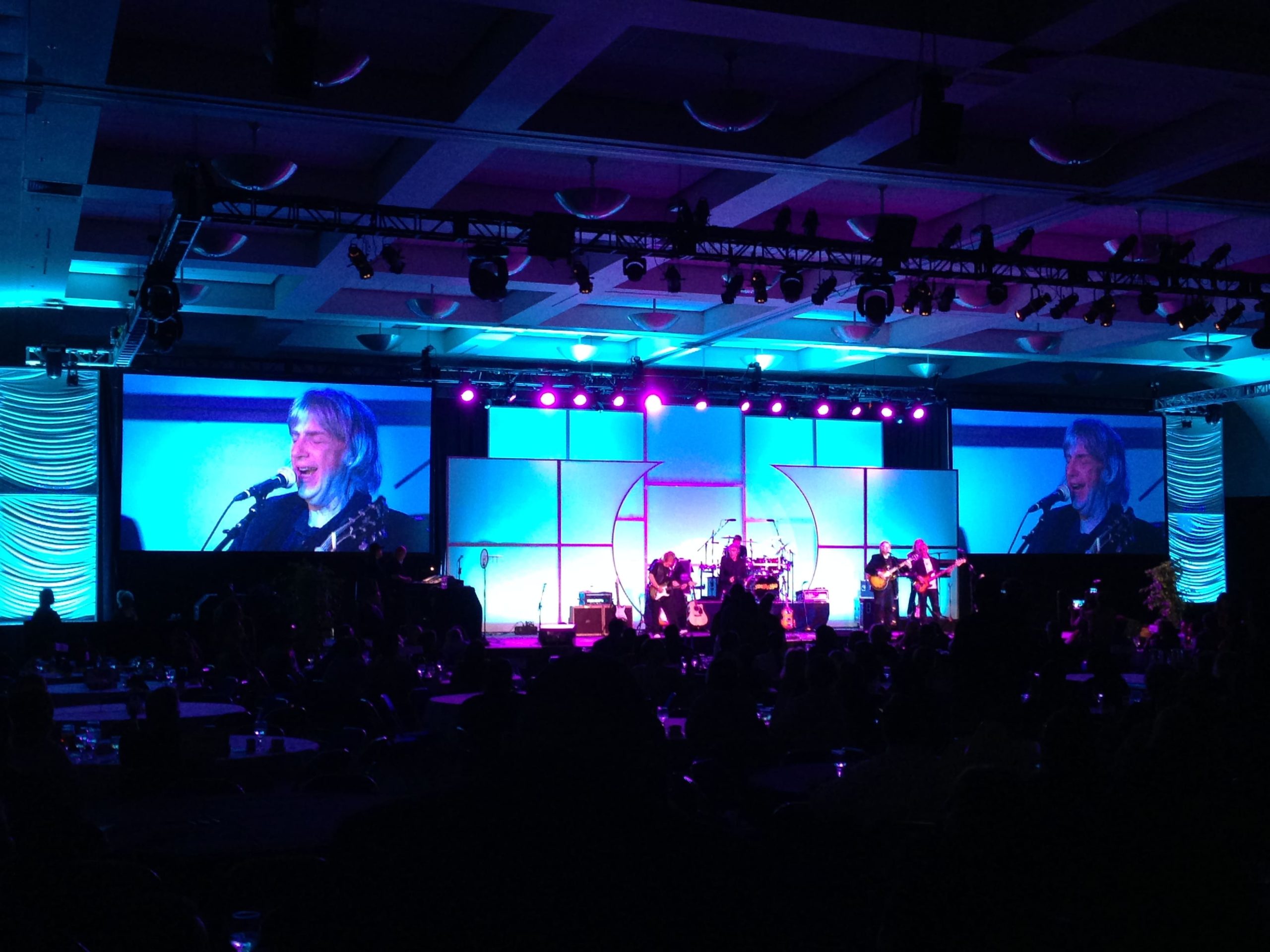Illuminating the Influence of Lighting Circumstances on Motion Identification Precision and Reliability
Illuminating the Influence of Lighting Circumstances on Motion Identification Precision and Reliability
Blog Article
Illumination conditions play a significant impact in the way well we can perceive motion. Movement detection is a key aspect of various technologies, including security cameras, automatic lighting systems, and even some video games. Understanding how various illumination conditions influence our capacity to detect motion can help improve the design and effectiveness of these systems. For instance, inadequate illumination can result in overlooked motions or incorrect alarms, while ideal illumination can boost the precision of movement detection technologies.
In bright lighting conditions, motion detection is typically more reliable. When there is sufficient light, sensors and cameras can capture sharper pictures, which helps in recognizing moving elements. Bright environments allow for better contrast between the moving element and the background. This differentiation is essential for both human viewers and automated systems, as it facilitates it easier to distinguish between static and moving objects in a scene. Thus, ensuring that areas are well-lit can greatly improve the effectiveness of motion detection technologies.
Conversely, low-light environments can pose difficulties for motion detection. In low-light environments, darkness can hide moving elements, making them hard see it here to detect. Additionally, the human eye faces challenges to perceive motion in low light, which can result in misunderstanding of what is happening in the environment. Cameras may also face challenges, as many do not perform well in low light without the use of infrared capabilities or other improvements. These limitations highlight the significance of adequate illumination in settings where movement detection is critical.
Additionally, different kinds of illumination can have varying effects on motion detection. For example, fluorescent lights can flicker, which can mislead motion detection technologies that depend on consistent illumination input. On the useful content other hand, daylight provides a steady source of lighting that enhances clarity. Understanding these variations in lighting types can guide operators in selecting the most appropriate illumination for specific applications, especially in surveillance and surveillance scenarios.
In summary, the relationship between lighting conditions and movement detection precision is important. By ensuring that environments are appropriately lit, we can improve the dependability of movement detection technologies. This understanding not only benefits technological uses but also enhances safety and security in various settings. As more advancements are made in motion detection technology, taking into account illumination environments will remain a crucial consideration in enhancing performance and ensuring that these systems work effectively in different environments.